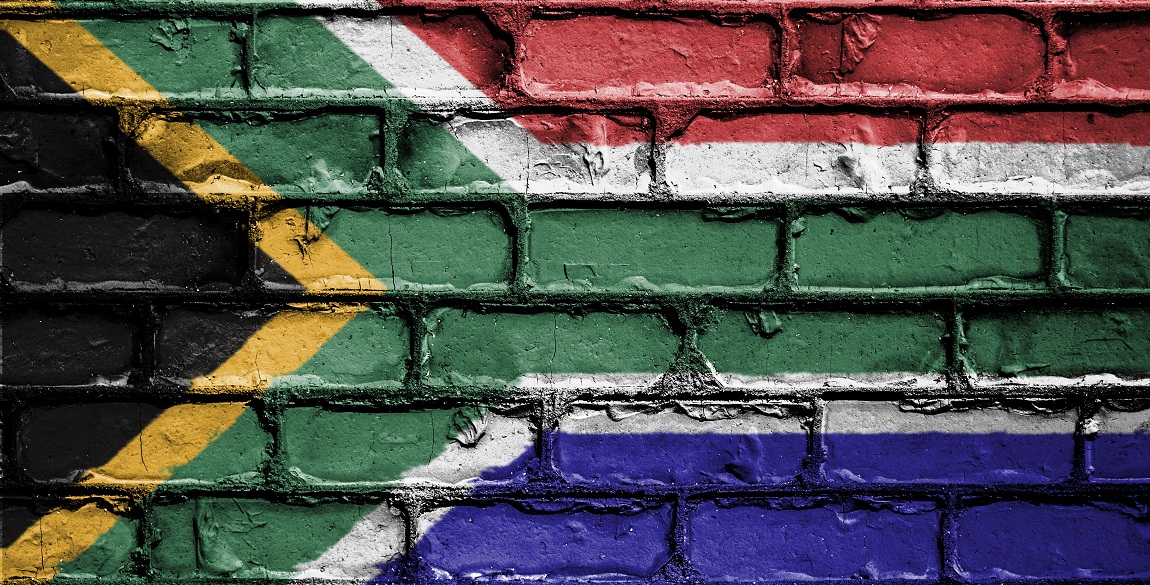Contrary to popular medical dramas, working lengthy shifts at a public hospital is no walk in the park. DR THOMAS GRAY why doctors soldier on through 24- to 36-hour shifts.
Being a doctor in the public health sector South Africa is not easy. As you might have gleaned over the past weeks, we are under constant pressure to provide the best medical care, despite the odds. It’s part of our job, and we understand that.
But as your health experience as a patient varies from department to department, hospital to hospital, province to province, and city to city, so too a doctor’s experience varies. Our experience working in the public sector depends greatly on where we are located, who heads up our department or manages the hospital we’re at, and the staff we end up working with. That’s why some doctors are functioning humans and others are dead on their feet.
But there is one duty that ties all doctors together: being “on callâ€.
Without a doubt, being on call quickly switches from being a novelty as a medical student to being a stimulant of anxiety and apprehension. In state hospitals, being on call means you represent your department, or form part of the team that does, for a full 24 hours. Any patient who presents to the facility will usually first be seen by the casualty/emergency department, where you might be working, or be sent to one of the specialist departments. In a public hospital this means you will have a heck of a lot of patients to attend to every time you’re on call.
If you’re lucky, your department may break your calls up into shifts but this inevitably translates into you being on call more often, which brings us to the call roster. Consider the most complex surgical procedure or the treatment of the most critical medical patient – neither compares to the complexity involved in drawing up the monthly call roster.
The roster
Take a bunch of highly skilled professionals, put them in a room to discuss the call roster, bring your popcorn, and witness the spectacle as a cordial meeting transmogrifies into a schoolyard fight. It can be hilarious and at times terrifying.
Contrary to popular belief, doctors have families, hobbies and social lives, not to mention other responsibilities like research, academic presentations and never-ending exams – and everyone wants to protect their personal commitments. Failing to get the slot you wanted on the roster could mean missing a friend’s wedding, a family lunch or a child’s soccer game, losing a morning of valuable study time or falling behind with research.
Taking into account all the call requests can be a daunting task and the person responsible for drawing up the roster can become the subject of much scorn and ill will. It is not a job for the fainthearted.
Before the call
Pre-call dread usually sets in on the afternoon the day before the call, when one begins to contemplate having to arrange enough food, toiletries, insect repellent (an often overlooked necessity in warmer months), clothing (in the colder months) and how to actually carry all this stuff into the department without looking like you’re going on an expedition to Everest.
Later in the evening, you may try to take your mind off the next day: watch a movie, read a book, spend time with the family but to no avail. Thoughts will continue to race through your head: Is it going to be busy? Will I get any rest? Do I have enough food? Will someone steal my sleepover room? How good is the team I’m going to be on call with? Will I encounter a situation I can’t handle?
Sleep the night before the call is almost always restless. Tossing and turning, unable to sleep,with your mind racing often translates into watching the Discovery Channel until 2am.
On call
You can usually identify the on call doctor in a department by the somber look on the face. Arriving at work at 7am, knowing that the next time you’ll get any significant rest might be after another 24 to 36 hours can be daunting and depressing.
Over the next 24 hours your cellphone becomes your best friend and worst enemy. It provides a brief escape during intermittent moments of quiet as you peak through the window of social media to the outside world, which is merrily carrying on. And it becomes your worst enemy as you receive calls from anyone from nurses on the wards, to patients and other colleagues. I once counted over 50 phone calls during one shift!
Post call
Again, the post call doctor can be spotted a mile away. Wrinkled scrubs, disheveled hair, papers falling out of every visible pocket, coffee mug in one hand, cell phone in the other, desperately trying to get all the patients and their information in order before the senior doctors arrive for a report back.
Be sure to try and stay out of this person’s way today, excuse any outbursts or spontaneous rants, and most importantly, under no circumstances allow this person to hand in their resignation letter. Colleagues need to be on the look out for an on call doctor at the end of their tether; spontaneous post-call resignations have happened before – seriously.
How we survive
But between the endless calls, the continuous complaints, the chaos, the array of sordid odours, the difficulty navigating through the shortcomings and incompetencies associated with public healthcare, there are moments that keep us alive inside, that give us hope, and ultimately remind us why we do what we do.
Why we’re up at 3am trying to save a life, fighting sleep to do regular checks on sick children even though there are other staff members watching over them too, why although we are swamped with patients, we take time to comfort and reassure concerned families while our own families sleep alone, why we keep moving and working when our bodies tell us we can’t.
It’s that person you saved from the brink of death; the polite thank you from a patient, not necessary but appreciated; it’s the cup of coffee made by a colleague who’s noticed the call is taking its toll; it’s the words of encouragement from a friend; it’s that moment you stop amid the chaos to quietly observe the level of suffering around you and feel grateful that you are not among those who must endure it but among those able to help end it. It is these small human interactions that restore my faith in myself and in others, and that make me better and stronger, and able to face another day on call.
Dr Thomas Gray (*not his real name) is a doctor living (and slowly dying) inside a public hospital. He’s here to tell us what’s happening inside our hospitals. He would share his name with you, but then he’d have to kill you, and that would be unethical.Â









